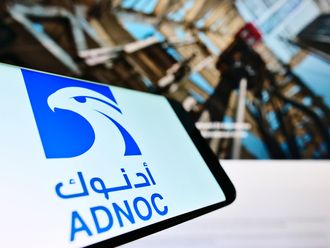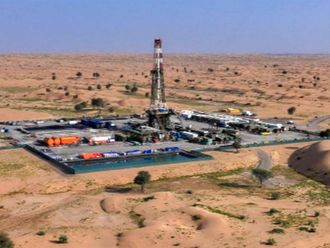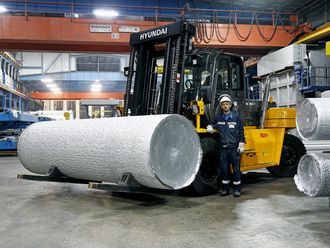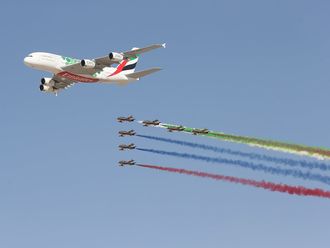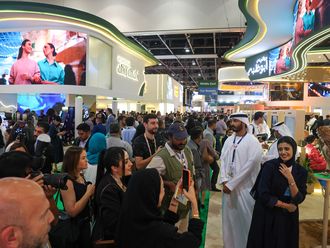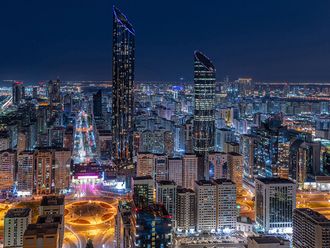New York : Last summer, Saudi Arabia put the final bolt in its largest-ever oil expansion project, opening a new field capable of pumping 1.2 million barrels a day — more than the entire production of Texas. The field, called Al Khurais, was part of an ambitious $60 billion (Dh220 billion) programme to increase the kingdom's production to meet growing energy needs.
It turns out the timing could not have been worse for Saudi Arabia.
Only two years ago, consumers were clamouring for more supplies, Opec (Organisation of Petroleum Exporting Countries) producers were straining to increase their output, and prices were rising to record levels. But now, for the first time in more than a decade, the world has more oil than it needs.
As demand slumped because of the global recession, Saudi Arabia was forced to shut about a quarter of its production.
"2009 was painful for us as it was for everybody else," said Khalid A. Al Falih, the president and chief executive of Saudi Aramco, the kingdom's state-owned oil giant, and a company veteran who was promoted to the top post at the beginning of last year. "We experienced the same cash flow constraints that everybody did. But we adjusted quickly and, certainly, everything that was strategic to us was not touched."
The recession also precipitated a milestone for Saudi Arabia and the global energy market. While China's successful economic policies paved the way for a quick rebound there, the recession caused a deeper slowdown in the US, slashing oil consumption by 10 per cent from its 2005-07 peak. As a result, Saudi Arabia exported more oil to China than to the US last year.
While exports to the US might rebound this year, in the long run, the decline in US demand and the growing importance of China mark a fundamental shift in the geopolitics of oil.
"We believe this is a long-term transition," Al Falih said in a recent interview. "Demographic and economic trends are making it clear — the writing is on the wall. China is the growth market for petroleum."
Saudi officials have said they favour prices of around $80 a barrel. Despite soft demand and high inventories, oil futures in New York have averaged $75 a barrel over the last six months. On Friday, they closed at $80.97.
In the US, some experts believe energy efficiency measures, as well as the government's push for biofuels and its plans to limit carbon emissions, are putting the nation on a long-term path to lower oil consumption.
The American talk about energy independence rankles Saudi officials who maintain it is unrealistic. Al Falih said he welcomed energy efficiency measures but insisted fossil fuels would dominate energy demand for decades.
Saudi officials have recognised structural changes are taking place in the US. A few months ago, Aramco sold its storage depots in the Caribbean, a signal it was abandoning the East Coast market, according to analysts.
That is not to say the Saudis are cutting ties with the US. Aramco is expanding its Motiva refinery in Texas, which it owns with Royal Dutch Shell, to increase its capacity to 600,000 barrels a day.
China is not alone in courting Saudi attention. After a visit in March to Riyadh by India's prime minister, Saudi Arabia outlined a goal to double its exports to India.
However, while China is by far the fastest-growing oil market in the world, the US is still the top consumer.
"To me, this is a long-term business," said Al Falih during the interview. "And that is how I look at the United States and China — as markets for commodities that will be in demand for years."



